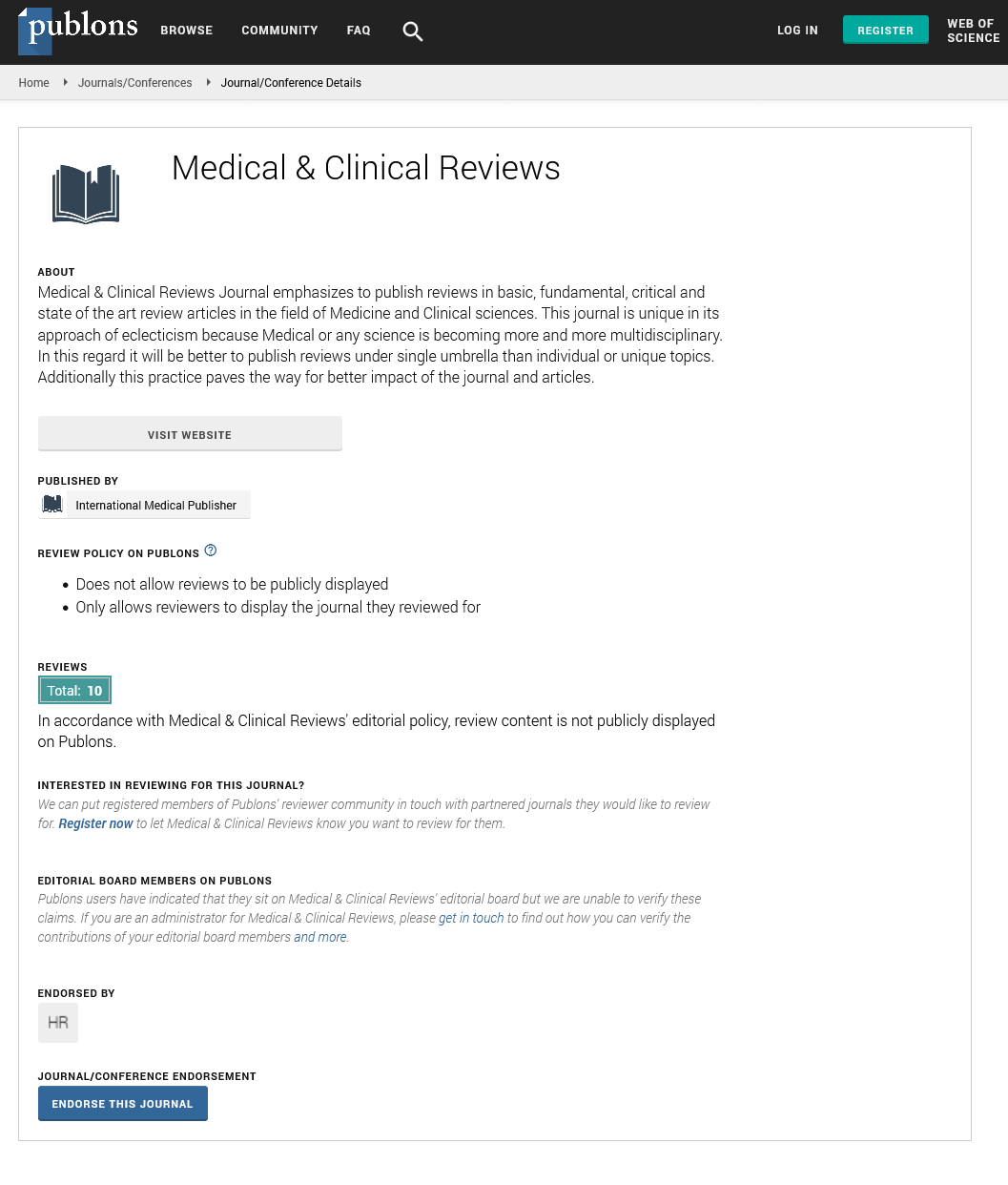Abstract
Recurrent Subdural Hematomas in Benign Macrocrania of Infancy
Benign Macrocrania of Infancy (BMI) is a clinical entity of relative frequency in the first years of life. While usually self-limited, it may lead to clinical complications that go beyond an increased head circumference, such as a higher incidence of sudural hematomas resulting from incidental, low-energy head trauma. General practictioners and surgeons must have a deep knowledge of the condition so as to prevent misdiagnoses-like non-accidental hemorrhages-and unnecessary surgical interventions. This is a case report of a twin 18-month-old boy born via cesarian section at 31 weeks gestation, being followed-up on for an increased head circumference. The magnetic ressonance imaging (MRI) study detected left parafalcine parietal subdural hematoma at the high cerebral convexity. There were no other clinical signs of non-accidental hematoma. Five months later, follow-up imaging tests identified the complete resolution of the initial hematoma and the appearance of a contralateral parafalcine subdural hematoma. Both tests showed craniofacial disproportion with dominance of the skull over the face, associated with prominent frontotemporal CSF spaces (compatible with Benign Macrocrania of Infancy). BMI is a self-limited clinical condition and that may cause repetitive subdural hemorrhage after low-energy traumas. It is, therefore, crucial to recognize this entity so as to avoid diagnostic confusion, especially with regards to nonaccidental traumas (Shaken Baby Syndrome).
Author(s):
Ademar Lucas Junior
Abstract | Full-Text | PDF
Share this

Google scholar citation report
Citations : 906
Medical & Clinical Reviews received 906 citations as per google scholar report
Medical & Clinical Reviews peer review process verified at publons
Abstracted/Indexed in
- Google Scholar
- China National Knowledge Infrastructure (CNKI)
- Directory of Research Journal Indexing (DRJI)
- WorldCat
- Publons
- Secret Search Engine Labs
Open Access Journals
- Aquaculture & Veterinary Science
- Chemistry & Chemical Sciences
- Clinical Sciences
- Engineering
- General Science
- Genetics & Molecular Biology
- Health Care & Nursing
- Immunology & Microbiology
- Materials Science
- Mathematics & Physics
- Medical Sciences
- Neurology & Psychiatry
- Oncology & Cancer Science
- Pharmaceutical Sciences


